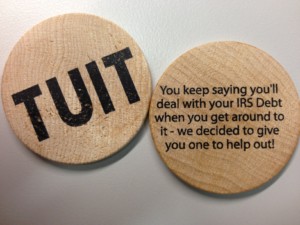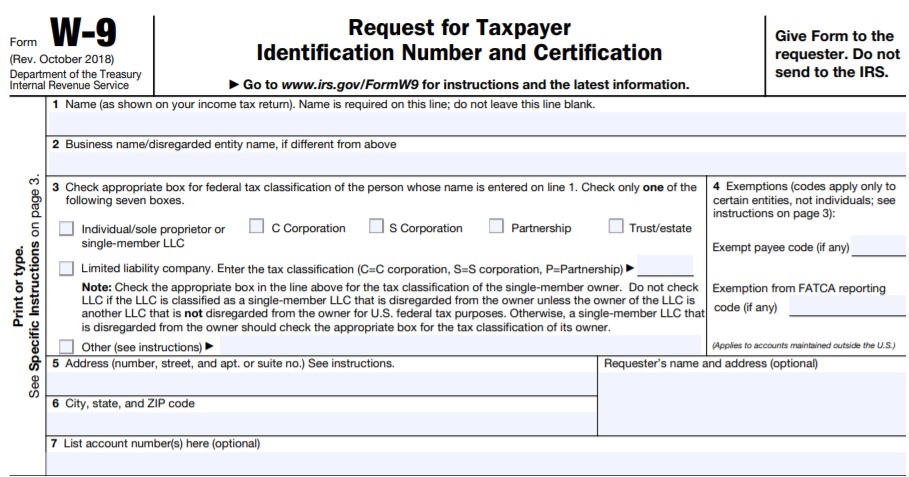Join Our FREE Monthly Tax Debt Webinar!
Join us for our FREE Webinar!
Are you ready to put your back tax problems behind you? Fighting back against the IRS or state department of revenue requires a plan. Let us give you that plan…for FREE!
Many tax relief companies advertise help for taxpayers in distress — in exchange for an upfront fee, which can be thousands of dollars. In many cases, these companies don’t settle your tax debt. Some don’t even send your paperwork to the IRS to apply for programs to help you. These companies often leave people even further in debt.
But if you owe back taxes and don’t know how you’re going to pay your debt, then we’ve got news for you! Join us for our next FREE webinar “10 Ways To Settle IRS & State Tax Debt” which is being held on Thursday June 15th 2023 at Noon CST.
We plan to hold these webinars monthly so if you’re reading this after June 15th, still click the link below. If another webinar is planned, the page will be updated to show you the date of the next scheduled webinar.
Upon sign up, you will immediately receive instructions on how to join to the webinar, as well as our special report “5 Questions To Ask Any Tax Resolution Firm BEFORE Paying Them A Dime.”
ALL attendees will be eligible to receive a comprehensive 30-minute Tax Debt Settlement Analysis and personalized Tax Resolution Plan. This plan is regularly $175, but FREE to all attendees, so act NOW!
To learn more visit www.solvemytaxmess.com and then sign up. Space is always limited so don’t miss your chance to attend this exclusive event!







